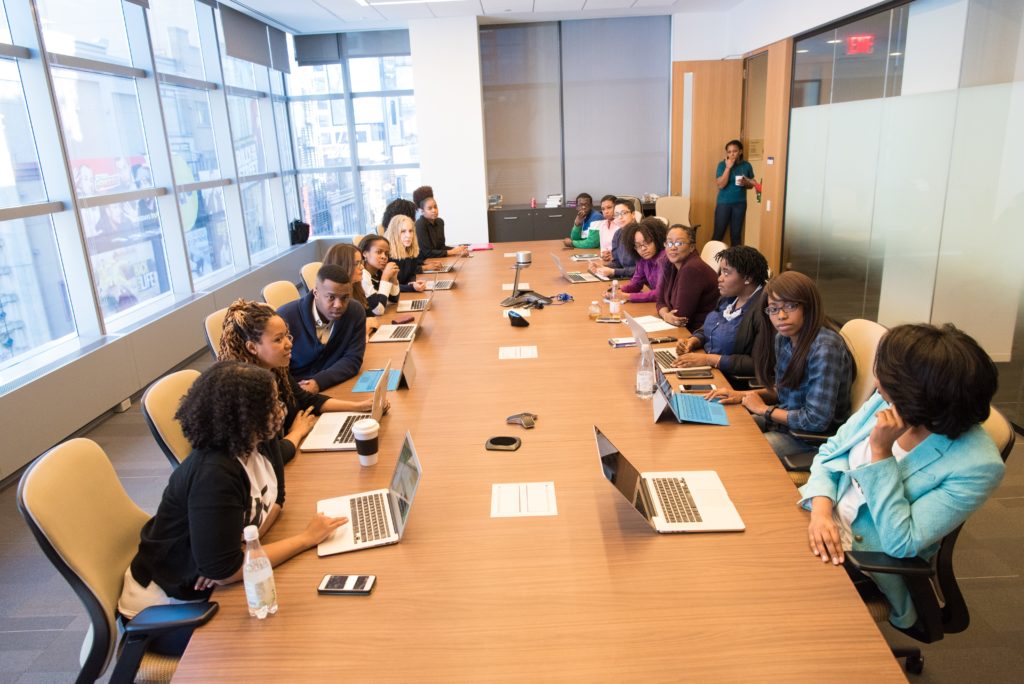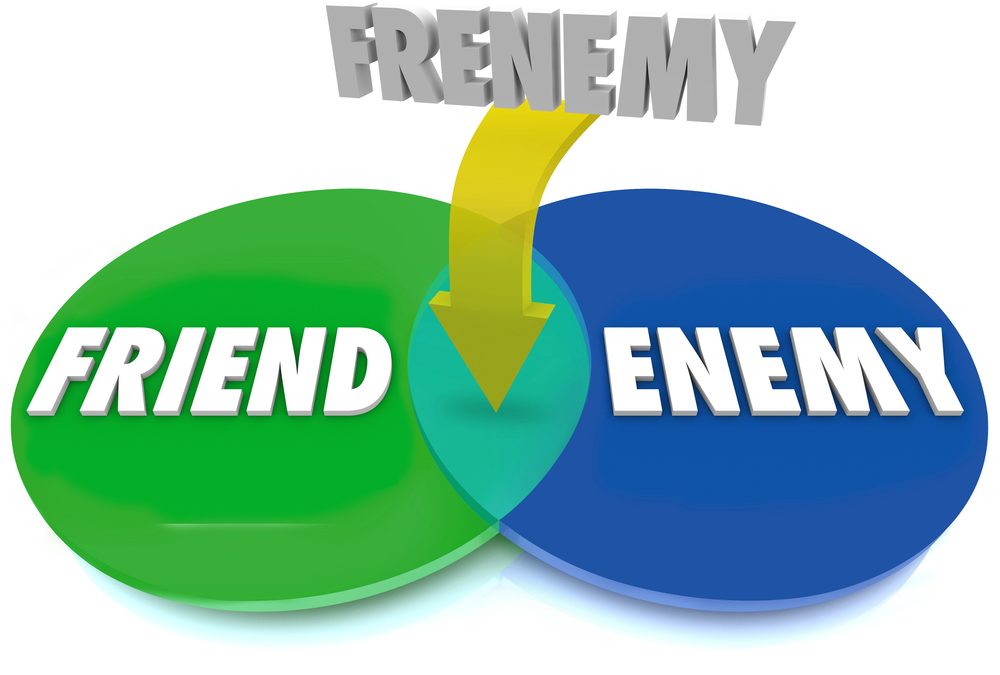I first met Seyi Okuribido-Malcolm in January 2019 at a symposium in Ottawa. She has a warm and professional presence that is not easy to forget. Since that time, our paths have crossed frequently and I’ve seen her speak at several events. She has a lot to say so I’m glad she accepted my invitation to write this guest blog post based on her unique and modern approach to H.O.T. leadership.
Modern H.O.T. (Honest, Open, and Transparent) Leadership
 The modern workplace is complicated, and it warrants a different version of leadership.
The modern workplace is complicated, and it warrants a different version of leadership.
I acknowledge that the public service (and other organizations) has leaders that take the reality of organizational culture, inclusion, and anti-Black racism seriously but I would argue it will take more than a few.
It will require a fundamental culture shift to lessen, if not erase, the legacy of hate that underpins anti-Black racism and other forms of discrimination.
It is going to take leaders with strong conviction that racism is systemic. It is going to take leaders with the foresight and the inner gravitas to leverage this moment for their organization and create upward momentum that is transformative and sustained.
I believe in H.O.T. leadership which stands for Honest, Open and Transparent leadership. H.O.T. is the style of leadership that is going to be necessary to navigate and lead organizations towards racial and other forms of equity.
It starts with Honesty. To lead from a place of honesty requires courage and humility. Courage to put aside personal comfort levels and take the necessary risks to disrupt the current way we do things to move the organization upstream towards racial (and other forms of) equity.
 Honesty also requires humility. Leaders need to start from a place of acceptance that they do not know what they do not know. But are committed to finding the expertise both within and outside the organization to support. H.O.T. leaders also have the humility to know upfront that they will make mistakes – but they are committed to failing forward when they do make mistakes.
Honesty also requires humility. Leaders need to start from a place of acceptance that they do not know what they do not know. But are committed to finding the expertise both within and outside the organization to support. H.O.T. leaders also have the humility to know upfront that they will make mistakes – but they are committed to failing forward when they do make mistakes.
Leaders need to be Open. To be open requires a level of temperance and intercultural intelligence. Temperance, in the sense that they can remain calm, cautious and deliberate in their actions. Wise and modern leaders engage in many steps before taking action – they seek education, learn, reflect, engage, and then take action. It doesn’t stop there, H.O.T. modern leaders continue to educate and increase their awareness of racial equity issues, reflect on their learnings, affirm their understanding through engaging with others and then action meaningful change where they can.
 Openness also requires intercultural intelligence. This means being aware of one’s cultural reference point and that of another’s. It includes understanding that when two cultures intersect it can either create a pain point or a positive reaction. A leader with intercultural intelligence can identify and leverage this understanding to move discussions and actions positively and productively.
Openness also requires intercultural intelligence. This means being aware of one’s cultural reference point and that of another’s. It includes understanding that when two cultures intersect it can either create a pain point or a positive reaction. A leader with intercultural intelligence can identify and leverage this understanding to move discussions and actions positively and productively.
Leaders need to be Transparent. To be transparent one needs to strive for justice and be accountable. In terms of justice – modern H.O.T. leaders should be prioritizing actions that will lead to better equitable outcomes. This includes removing known barriers in the system and creating pathways for success. Sometimes this means accepting that they will need to let go of the very system that got them to where they are. They will need to co-create with underrepresented groups to build the desired future. A transparent leader also requires accountability – taking ownership of commitments, decisions, actions, including mistakes.
Modern leadership is Honest Open and Transparent. This is the leadership that is needed to meet the complex challenges before us.
When she’s not writing guest blogs or doing public speaking, Seyi Okuribido-Malcolm is the Director of Anti-Racism Implementation at National Defence, with a Master’s in Public Administration and a Bachelor of Arts (Honours). She’s interested in growing a diverse and inclusive public service, stakeholder and partner engagement, human resource management, learning and development programs, people engagement; negotiation and conflict resolution; and managing initiatives.
If you’re looking for other resources to help you with leadership, diversity and inclusion, or improving your workplace climate please check out other over 200 blog articles that you can listen to or read (searchable by category or keyword).
If you’re contemplating any work-related changes or improvements, I invite you to reach out today for a free and confidential initial phone consultation by phone, email, or via direct message on Twitter, Facebook or LinkedIn.
More than career coaching, it’s career psychology®.
I/O Advisory Services – Building Resilient Careers and Organizations.™





